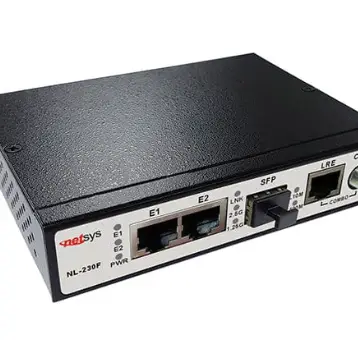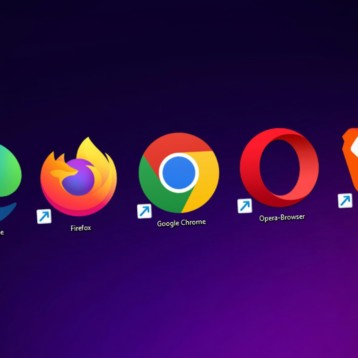
Figures show that 70% of customers leave online stores if they can’t find the necessary item in a minute. How can etailers survive and remain competitive under such conditions?
One of the ways is visual search for online commerce. It makes the site search and customers’ life much easier. Instead of text, they use images. Moreover, this feature provides online stores a lot of new opportunities enabling not only to stay the course, but also to make good money.
Visual Search: An Overview of the Technology
Visual search is the fastest developing technology. It turns your smartphone camera into a convenient tool to find anything you want in a matter of seconds. Visual search is based on computer vision and deep learning: A specially trained system of algorithms identifies items by images.
Despite the fact that this technology is very complex, the use of visual search is extremely simple. Instead of writing “red tight dress with black zipper” in the input line, you need to upload a photo / image/ screenshot of this dress to the website or application of the online store. Or you can insert a link to a post from Instagram.
First, the system identifies your image (it reads its characteristics and metadata), then searches for similar images in its catalogue, or, if it’s necessary, on the Internet. As a result, it produces relevant possible items based on similarities, for example, colour or style.
With visual search, we return to a natural shopping approach: 93% of people make a purchase decision with the visual perception of the item. Previously, the inability to search by images forced customers to turn to text search. But even so, 73% of people viewed item images before buying. Today, 21% of all Google searches in the United States are image searches. That is why visual search as a tool is changing the way customers interact with E-commerce and social media platforms.
Why is Visual Search Better than Text Search?
Here are just some benefits of this way to search.
Benefit # 1: It’s easier
This way greatly simplifies the search for a desired item, especially in cases where you have forgotten the product name and can’t describe what you are looking for. As a result, the request will be inaccurate, and the search will not return any usable results.
Figures show:
- 70% of online stores require you to type a search query in a specific format.
- 84% of them don’t process ‘subjective’ search queries, for example, ‘cheap’ or ‘quality’.
- 60% of online stores don’t support thematic requests, such as ‘office chair’ or ‘spring jacket’.
At the same time, visual search is more user-friendly. Most importantly, it’s much faster than the text search.
Benefit # 2: Conversion Growth
According to researchers, visual search increases:
- Product views by 48%.
- Return visits by 75%.
- Average purchase prices by 11%.
Benefit # 3: Search Time is Being Reduced
The customer doesn’t waste time to correctly formulate the request. The picture speaks for itself, which means the path from search to purchase gets shorter.
Benefit # 4: Visual Search Attracts Customer via Social Media
69% of young shoppers make purchases via social media. Visual search helps attract customers who will upload images found on these sites to your online store.
Benefit # 5: Popular Items are Always on Top
You don’t need to invest in advertising on every platform where your products are. With the visual search implementation, the search results are changing: Popular items are always on top.
It’s good for etailers, because beautiful / stylish / bright / comfortable items will advertise themselves. Visual search analytics turns into a great marketing tool helping to figure out what your customers need, what is trending now, what is a good bet, and what tastes your target audience has.
How You Should Use Visual Search
We’ve prepared some useful tips for you.
Images for visual search should be:
- Clear and quality. It will help the system find the correct item.
- Without scratches and other defects. Artificial intelligence should clearly identify objects in images. Image defects complicate its work.
- Сonsistent with the image optimization principles. This includes such important parameters as size, image weight, and load performance.







![10 Top Game Sites Not Blocked By School [2024 Updated]](https://thefutureofthings.com/wp-content/uploads/2024/10/image-25-358x358.png)


